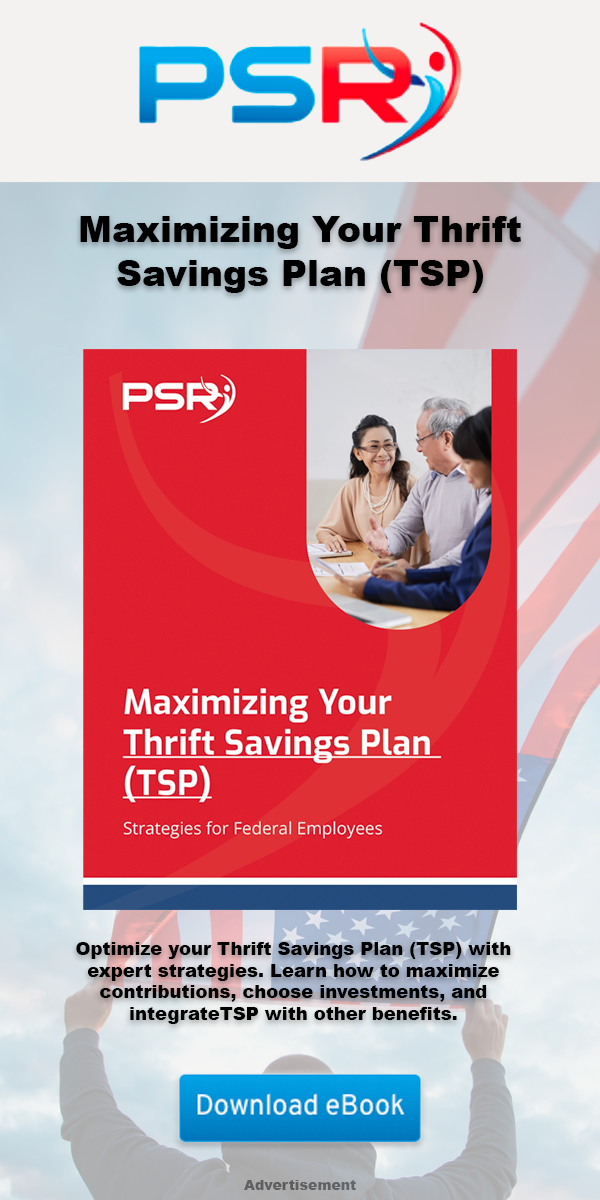Key Takeaways
-
Retiring before age 62 under FERS is possible, but it comes with permanent reductions to your retirement income and access to key benefits.
-
Weighing the value of immediate time freedom against long-term financial security is critical before making any decision.
What Early Retirement Really Means Under FERS
If you’re thinking about retiring from your federal job before age 62, you’re not alone. Many public sector employees begin considering early exit strategies in their mid-50s, especially if they’ve put in two decades or more. The Federal Employees
- Also Read: FAA, Law Enforcement, and Special Federal Employee Categories—Here’s What Makes Their Retirement Unique
- Also Read: Blending Private and Public Sector Retirement Plans Is Complicated—Here’s Where Couples Get It Wrong
- Also Read: The Silent Shift in Postal Service Retirement Benefits That Could Change Everything by 2026
Early retirement might sound like the dream—more time, less stress—but the reality is that it often leads to a reduced lifestyle unless you have alternative income sources or significant savings. FERS was designed to incentivize long-term service, and leaving early disrupts that equation.
Understanding the Mechanics of MRA+10
Under the MRA+10 provision, you can retire once you’ve reached your Minimum Retirement Age (MRA) and have at least 10 years of creditable service. In 2025, the MRA ranges from 55 to 57, depending on your year of birth. However, the catch is this:
-
Your FERS pension will be permanently reduced by 5% for each year you retire before age 62.
-
That’s a 25% reduction if you retire at 57 instead of 62.
-
You won’t qualify for the FERS Special Retirement Supplement, which normally bridges the income gap until you’re eligible for Social Security at 62.
You can postpone receiving your annuity to reduce or eliminate the penalty, but that means giving up immediate income.
The Role of VERA: Not Always in Your Control
Another path to early retirement is VERA, which agencies can offer when undergoing restructuring, downsizing, or workforce reshaping. With VERA:
-
You can retire as early as age 50 with 20 years of service, or any age with 25 years.
-
The 5% annual reduction is waived under VERA, a significant financial benefit.
-
You do receive the FERS Special Retirement Supplement, provided you’re not working another federal job.
But here’s the limitation: VERA isn’t something you can apply for on your own. It must be offered by your agency, and timing depends on workforce planning needs—not your personal preference.
The Impact on Your FERS Annuity
Let’s talk about what this really means for your retirement income. The FERS basic annuity is calculated based on your High-3 average salary and years of creditable service:
-
1% of High-3 x years of service if you retire under MRA+10 or early.
-
1.1% of High-3 x years of service if you retire at 62 or later with at least 20 years of service.
By retiring early, you lose out on two things:
-
The 1.1% multiplier, which adds more to your annuity over time.
-
Extra years of service, which could significantly boost your monthly benefit.
Delaying retirement just a few more years can mean tens of thousands more in lifetime benefits.
No Access to FEHB Unless You’re Careful
One of the most overlooked consequences of early retirement is losing access to your Federal Employees Health Benefits (FEHB). To keep your health insurance into retirement, you must:
-
Be eligible for an immediate annuity (not postponed).
-
Have been enrolled in FEHB for the 5 years prior to retirement or for the full length of your federal service if less than 5 years.
If you retire under MRA+10 and postpone your annuity to avoid the 5% penalty, you lose FEHB coverage until the annuity kicks in. That’s a gap you’ll need to cover on your own—often at higher cost.
And if you miscalculate and delay your annuity too long, you may lose access to FEHB permanently.
What Happens to Your Social Security?
Many federal workers assume that retiring early means drawing Social Security early too. But unless you’re willing to take a reduced Social Security benefit at 62, you’ll still need to wait until your full retirement age, which is 67 for those born in 1960 or later.
Retiring at 57 leaves a 5-year income gap, and without the FERS Special Retirement Supplement (unless under VERA), you’ll need to fund that yourself. This often means drawing from the Thrift Savings Plan (TSP) or other savings—reducing future growth potential.
TSP and Early Withdrawal Penalties
Accessing your TSP before age 59½ usually results in a 10% early withdrawal penalty. There are exceptions, including:
-
Separation from service in the year you turn 55 or later.
-
Substantially Equal Periodic Payments (SEPP).
If you retire at 54 or younger, accessing TSP funds becomes tricky without penalty. Early retirement plans need to account for:
-
Whether your TSP withdrawals will be penalized.
-
How long your TSP needs to last if you’re not drawing Social Security or your annuity right away.
Inadequate planning can leave you short on income when you need it most.
Healthcare Costs Can Rise Quickly
Without FEHB in place, you could be looking at private health insurance to fill the gap until Medicare eligibility at age 65. In 2025, even mid-range plans can cost several hundred dollars per month.
Without the government contribution you receive under FEHB, out-of-pocket costs can rise sharply. That’s especially important if you have ongoing medical needs or cover dependents.
And even once you hit Medicare eligibility, coordination with FEHB is often more cost-effective than relying on Medicare alone. But that option disappears if you’re not eligible to keep FEHB into retirement.
Weighing Time Freedom vs. Long-Term Security
Early retirement offers more time, flexibility, and relief from job stress—but it comes at a cost:
-
Reduced annuity for life.
-
No Special Retirement Supplement.
-
Higher healthcare costs.
-
Possible TSP penalties.
-
Income gap before Social Security.
For many federal workers, delaying retirement by just a few years results in a significantly stronger financial foundation. But if leaving early is non-negotiable for you, then your financial strategy must be airtight.
How to Prepare if You Still Want to Retire Early
If retiring before 62 is your goal, these strategies can help you minimize risk:
-
Build a robust TSP or IRA cushion to cover income gaps.
-
Calculate your MRA and estimate the 5% reduction to see the long-term impact.
-
Review your FEHB status and determine if you’ll retain coverage.
-
Delay drawing Social Security to increase your future monthly benefits.
-
Consider working part-time post-retirement to offset income loss without affecting your annuity.
Being prepared doesn’t eliminate the tradeoffs—but it helps you enter early retirement on your terms.
What to Ask Yourself Before Making the Leap
Before you finalize plans to retire before 62, consider:
-
Can I afford the permanent reduction in my FERS annuity?
-
Will I qualify for FEHB, and if not, how will I manage health costs?
-
Do I have enough saved to bridge the income gap until age 62 or 67?
-
Am I fully aware of the long-term implications?
Too many federal workers focus on the short-term benefits of early retirement without evaluating what it will mean 10 or 20 years down the line. Asking the right questions now can prevent future regret.
Time Isn’t the Only Factor—It’s the Tradeoff That Matters
Leaving your federal job before age 62 is possible, but you must walk into that decision with full clarity. There’s a permanent tradeoff in income, benefits, and financial security that will affect the rest of your life.
If you’re still unsure, talk with a licensed agent listed on this website to walk through your options, projections, and possible outcomes based on your specific timeline.












